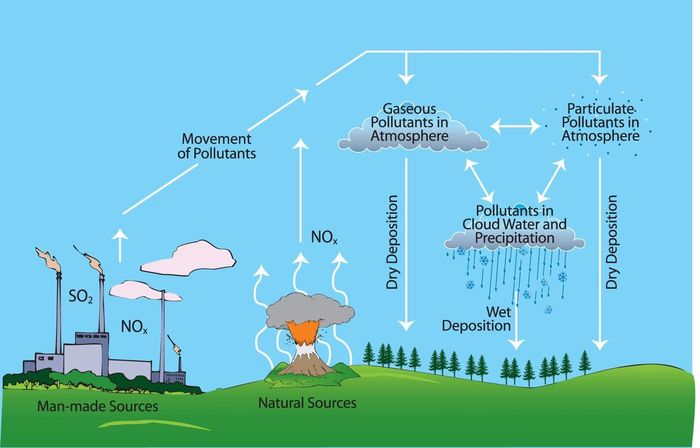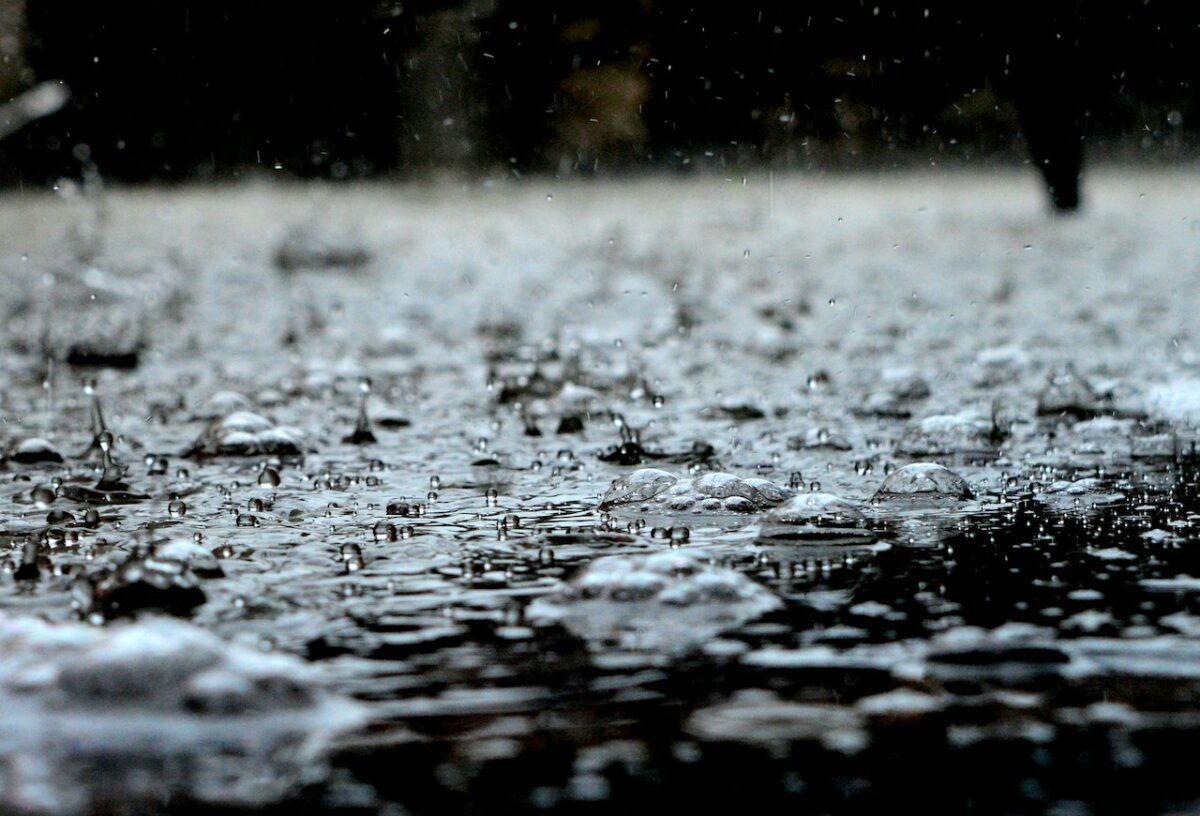Sticking out one’s tongue on a rainy day, may be thought of as a droplet of water just like water coming out of a faucet. But in factrainwatercontains a lot of microscopic material that needs to be filtered before being pumped into your home.
The question now is, is it safe to collect dams? drink rain water?
According to the Centers for Disease Control and Prevention (CDC), there are many contaminants found in rainwater. These include bacteria, viruses, parasites, dust, smoke particles and chemical materialother.
If you collect rainwater from the roof, it can also contain traces left by animals, such as bird droppings. And if the roof or drain pipes are old, materials like asbestos, lead, and copper can also end up in your tank.
If rainwater is stored in an open container, it may also be full of insects and rotting organic matter, such as dead leaves.
For this reason, the CDC advises against collecting and drinking rainwater. The CDC recommends using it for other purposes, such as watering plants.
However, levels of contaminants vary widely depending on where you live, and your risk of disease depends on how much rainwater you drink.
If you have a clean collection system and properly sterilize rainwater, either with chemicals or by boiling and distilling, most of the dirt can be removed. This causes a lot of confusion about whether rainwater is unsafe to drink.

But now, in the modern era of man-made chemicals, there are new risks associated with drinking rainwater.
In a study published in August 2022 in the journal Environmental Science & Technology, the researchers found that rainwater around the world has a concentration PFAS toxic substances (alkyl per and polyfluorinated substances) that exceed health guidelines.
These findings indicate that rainwater is clearly unsafe to drink, especially if untreated.
“To be known, PFAS is a collective term for more than 1,400 chemical material and man-made substances that have historically been used for various products,” study lead author Ian Cousins, an environmental chemist at Stockholm University in Sweden, told Live Science.
“Includes textiles, fire extinguishing foam, non-stick cookware, food packaging, artificial turf and guitar strings.”
However, “the current understanding of the biological impact is based primarily on studies of the four perfluoroalkyl acids (PFAAs) that are a subgroup of PFAS, Cousins said.
These PFAAs include perfluorooctanesulfonic acid (PFOS), perfluorooctanoic acid (PFOA), perfluorohexanesulfonic acid (PFHxS) and perfluorononanoic acid (PFNA), which are the main focus of the research, he added.
Previous research has shown that this chemical is highly toxic and can cause a variety of problems. These include various types of cancer, infertility, pregnancy complications, developmental problems, immune system conditions, and various intestinal, liver and thyroid diseases.
“Also because of the potential to decrease the effectiveness of vaccines in children, Cousins said. “PFAS are also likely to cause additional harm to the environment, but this idea has not been studied in detail.”
PFAS are non-perishable, meaning they remain in the environment long after they are produced and are equally toxic. “This has led scientists to dub PFAS the “forever chemical,” he added.
Previous research has shown that this chemical is highly toxic and can cause a variety of problems. These include various types of cancer, infertility, pregnancy complications, developmental problems, immune system conditions, and various intestinal, liver and thyroid diseases.
“Also because of the potential to decrease the effectiveness of vaccines in children, Cousins said. “PFAS are also likely to cause additional harm to the environment, but this idea has not been studied in detail.”
PFAS are non-perishable, meaning they remain in the environment long after they are produced and are equally toxic. “This has led scientists to dub PFAS the “forever chemical,” he added.
In the study, the researchers collected data from a sample rainwater collected around the world. They revealed that PFAS still abundant in rainwater everywhere on Earth.
The concentration is above the safety guidelines set by the EPA and other similar regulatory agencies in other countries.
“Experts had hoped that PFAS concentrations might have started to decline by now, but this is clearly not the case,” Cousins said.
Researchers are still unsure exactly how PFAS moved to the most remote parts of the world. They hypothesized that PFAS at sea level is carried back into the atmosphere and then transferred to other areas as rainwater.
They plan to test this hypothesis in future research. “It’s also possible that PFAS is still leaking into the environment from landfills,” Cousins said.

